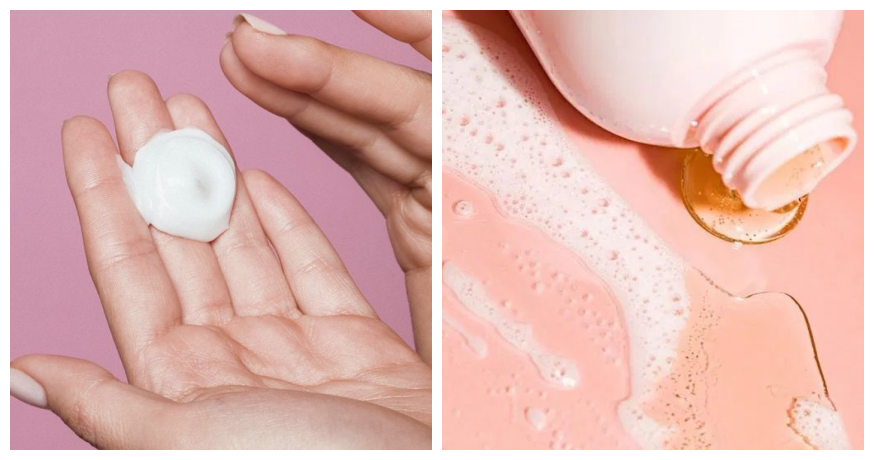
27 Jan This Label On Your Skincare Products Can Save You From Acne Breakouts
If you suffer from acne, then you’ll know that shopping for the right skincare can truly be an ordeal. From facial cleansers to moisturisers, every step of your day and night routine has to work in cohesion to prevent unsightly breakouts. Unfortunately, the only way to know if a product truly works for your skin is through trial and error.

Or is it? Well, not really! In fact, if you take the time to study the packaging of your skincare, you may just find one specific label that can help you identify acne-friendly products. What’s the label, you ask?

Non-comedogenic.
Oftentimes nondescript, products that are labelled non-comedogenic are formulated to ensure that they do not clog your pores after each use. The term non-comedogenic comes from the medical term ‘comedone’ aka a clogged pore, which is the first stage leading to acne. To understand why that is important, we first need to understand just how acne forms in your skin.
Acne typically forms when hair follicles and pores in your skin becoming clogged with excess sebum, dead skin cells, and dirt. These clogged pores become comedones, a feeding ground for propionibacterium acnes (P. acnes) bacteria. As the bacteria feeds on sebum, your clogged pores eventually become infected. Finally, when the clogged pore begins to break down, pimples are formed.

Source: UAB News
Which is why the ultimate goal in every acne skincare routine is to avoid the formation of clogged pores to begin with. But it is worth remembering that the term ‘non-comedogenic’ is used very broadly in skincare, and is not governed by any official medical body. To check if your skincare is really ‘non-comedogenic’ as it claims, here are some things you should look out for.
- Avoid any edible ingredients
Skincare products that contain edible ingredients tend not to be comedogenic. Such ingredients include coconut oil, jojoba oil, cocoa butter, etc, are thicker and can cause pores to become clogged. They can also wind up feeding bacteria on your skin, too. - Avoid isopropyl myristate
Any skincare products containing isopropyl myristate or its derivatives are not comedogenic. A synthetic oil often used in topical skincare and cosmetics, isopropyl myristate is used to help maintain skin moisture levels. But due to it’s greasy nature, it can block pores, leading to acne. - Check the comedogenic scale of your skincare ingredients
If you’re still unsure as to whether your skincare products are comedogenic, you can always refer to an ingredient’s comedogenic scale. This can help determine to some extent, how likely an ingredient will cause your skin to break out.
Alternatively, you can also conduct a simple swatch test to determine if the product is comedogenic. Skincare products that are usually greasy and difficult to absorb tend to rank higher on the comedogenic scale, as they are meant to help lock in moisture to the skin. While that may be great for people suffering from dry, flaky skin, that can spell disaster for acne-prone complexions.

Source: Stocksy
If you’re acne-prone, buy non-comedogenic skincare products that contain actives such as salicylic acid and benzoyl peroxide, or non-comedogenic oils such as rosehip oil or argan oil. As always, ingredient lists are your best friends, so always study them before adding any new products to your routine.
Also read: Preventing Acne Flare-Ups Start From These Easy-To-Do Steps!



No Comments